Now that I am starting the research stage of my project, I wanted to take a direct look into Dog Stereotypes. Stereotypes are with us wherever we go, and consciously or not, people love to listen to them. They help us to make quick decisions and judgements, even if they are false and unfair. This is very common when talking about dog breeds – all dogs need proper training and a loving owner, but not all dogs recieve this and this is where the stories spread to create stereotypes.
Most dogs have been proven to not be inherently dangerous or aggressive. However, the stereotypes have stuck because of popular genralizations or media exaggerations of attacks aswell as the common stereotypes constantly being showcased in films and TV Shows. Below, I have listed a few of the dog breeds that have be unfairly judged and left with a bad reputation, outlining their stereotypes and truths:
American Bulldog1

The Stereotype: These dogs are ferocious and dangerous
The Truth: Bulldogs make loving – and lovable – pets.
German Shepherd1
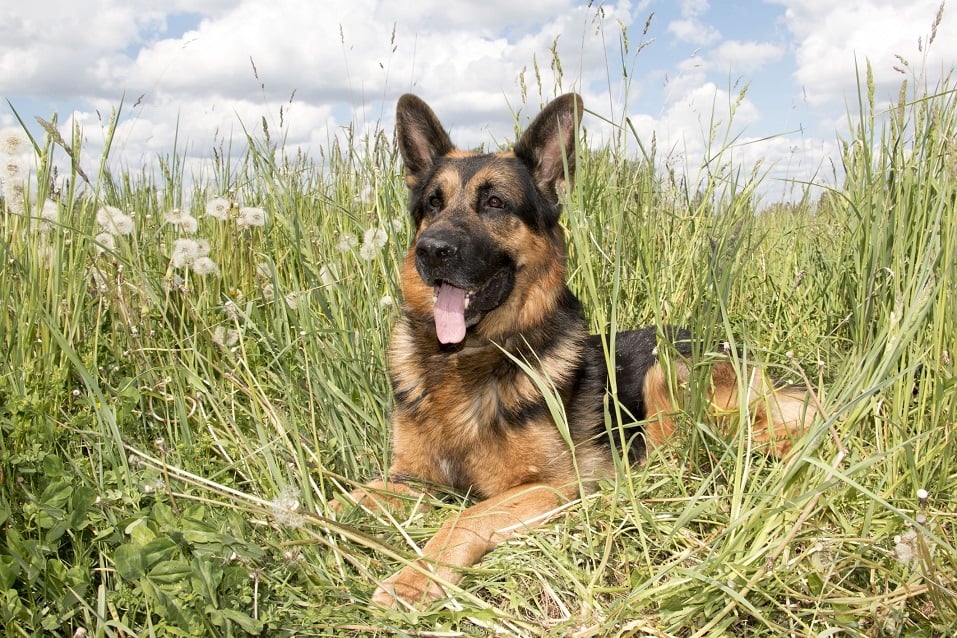
The Stereotype: These dogs are mean and overprotective
The Truth: German Shepherds are smart and steady.
Poodle1
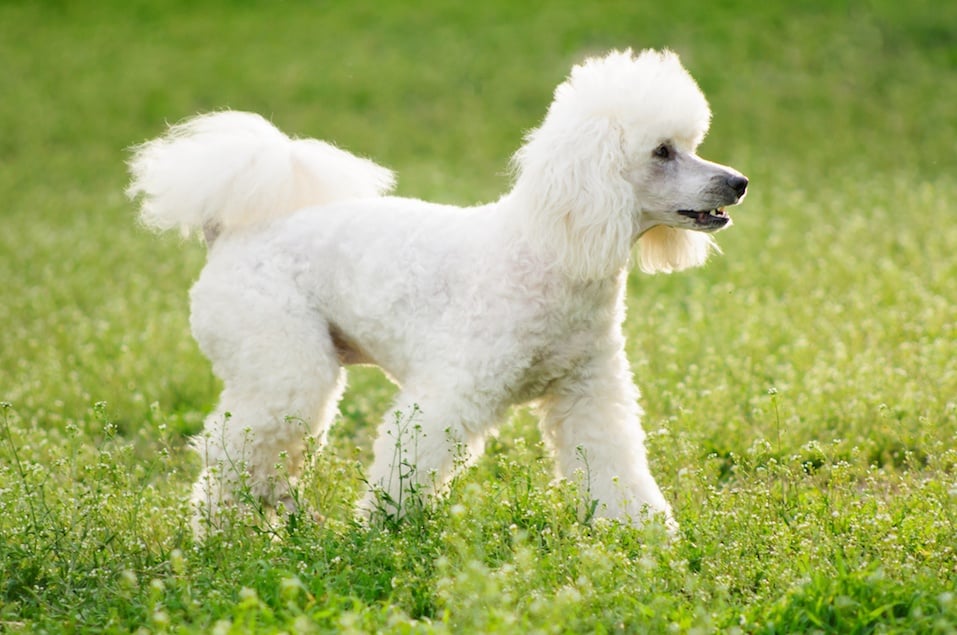
The Stereotype: These dogs are skittish, fearful and unintelligent.
The Truth: Poodles don’t like chaotic environments, but they are very intelligent and easy to train.
Chow Chow1

The Stereotype: These dogs are aggressive and have terrible attitudes.
The Truth: Chow chows just act like cats!
Mutts1

The Stereotype: These dogs don’t have the same personalities as purebred dogs.
The Truth: Mutts make great pets, just like many kinds of purebread dogs.
Great Dane1
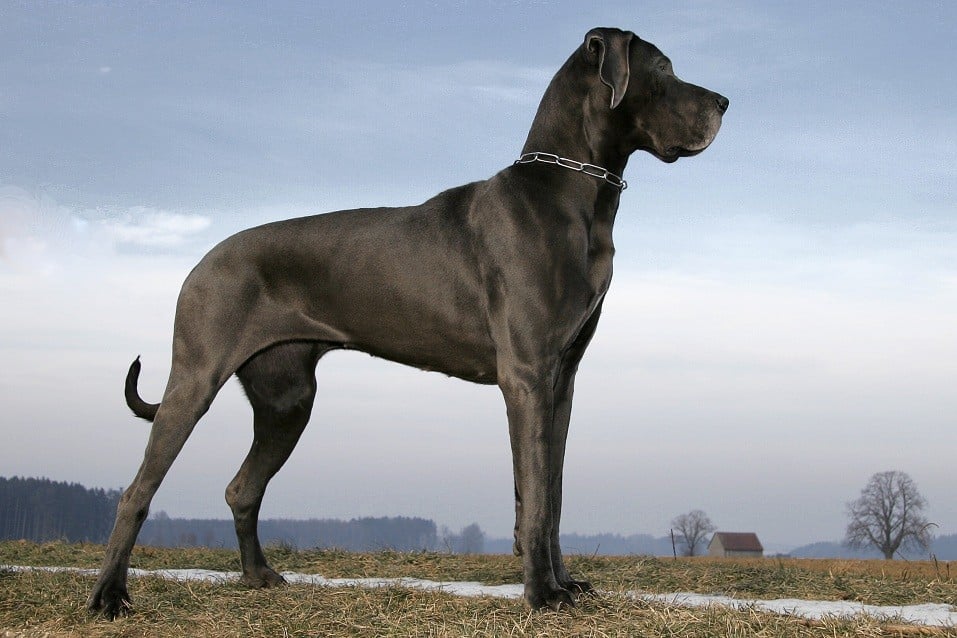
The Stereotype: These dogs are aggressive with other animals.
The Truth: With proper training and socilization, Great Danes are friendly with people and animals alike.
Saint Bernard1

The Stereotype: These dogs are dangerous and aggressive.
The Truth: The Saint Bernard is a huge but friendly and affectionate.
Boxer1
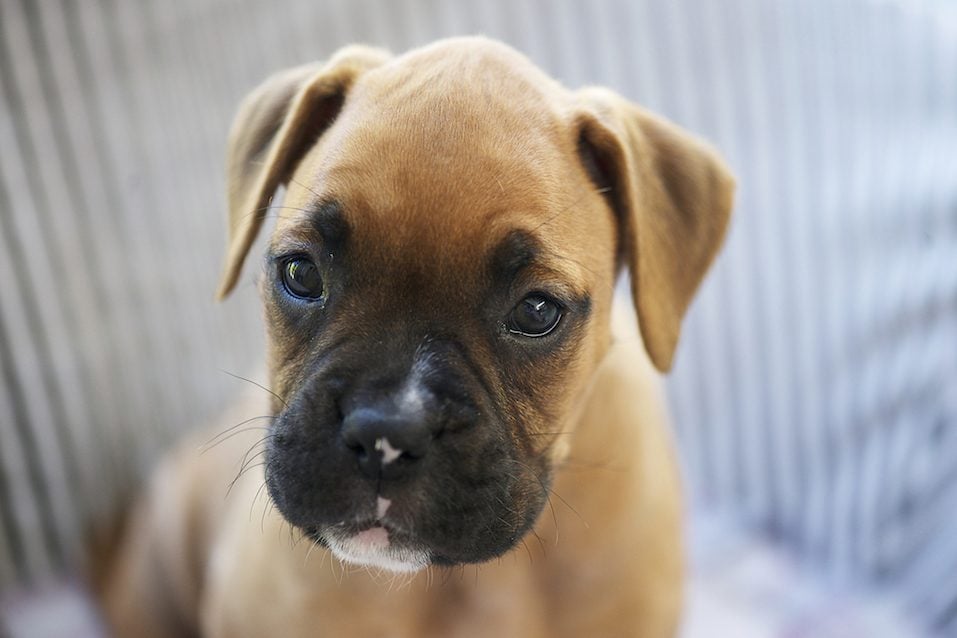
The Stereotype: These dogs are aggressive and overly energetic.
The Truth: Boxers are smart and loyal, though they’re definitely active dogs.
Siberian Husky1

The Stereotype: These dogs are stubborn, aggressive and destructive at home.
The Truth: Huskies raised in the correct environment become loving, loveable dogs.
Chihuahua1

The Stereotype: These dogs bite and bark like no other, and they are often mean.
The Truth: With proper training, Chihuahuas becone loving but lively pets.
Cocker Spaniel1
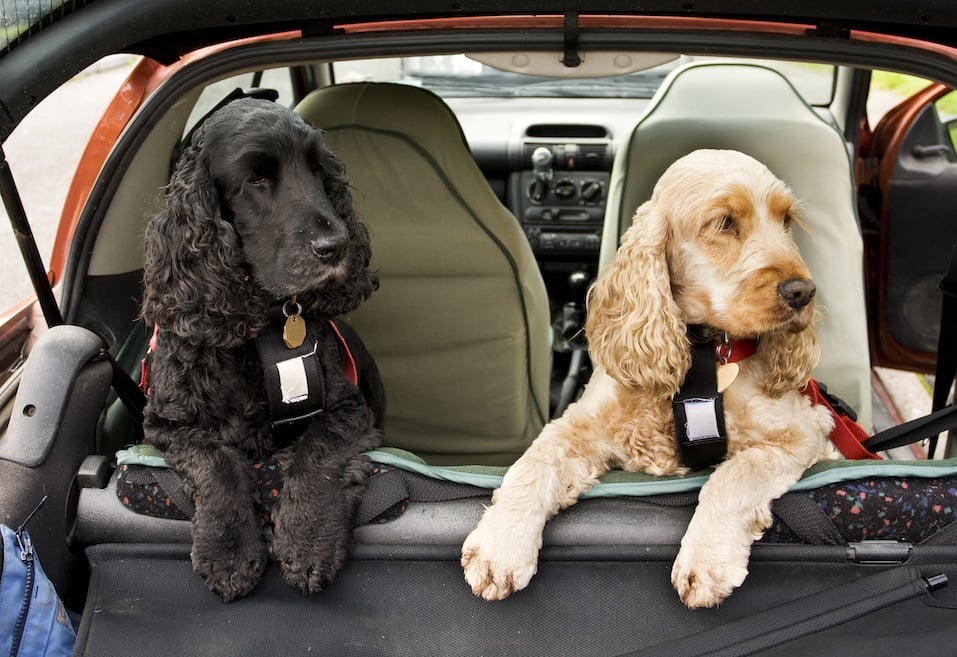
The Stereotype: These dogs are snappy by nature and can’t be trained not to bite.
The Truth: Cocker Spaniels make gentle and happy pets.
Alaskan Malamute1
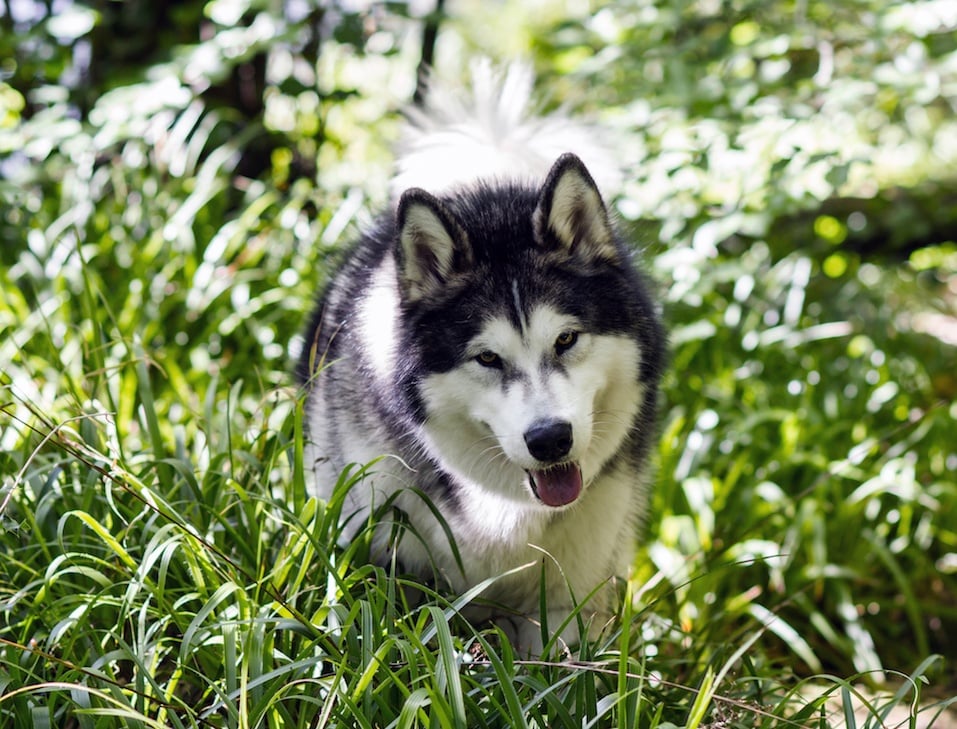
The Stereotype: These dogs are aggressive and possessive.
The Truth: Alaskan malamutes just have a lot of energy, but they make loyal and playful pets.
Akita1

The Stereotype: These dogs are mouthy.
The Truth: They make great pets, with proper training.
Doberman Pinscher1
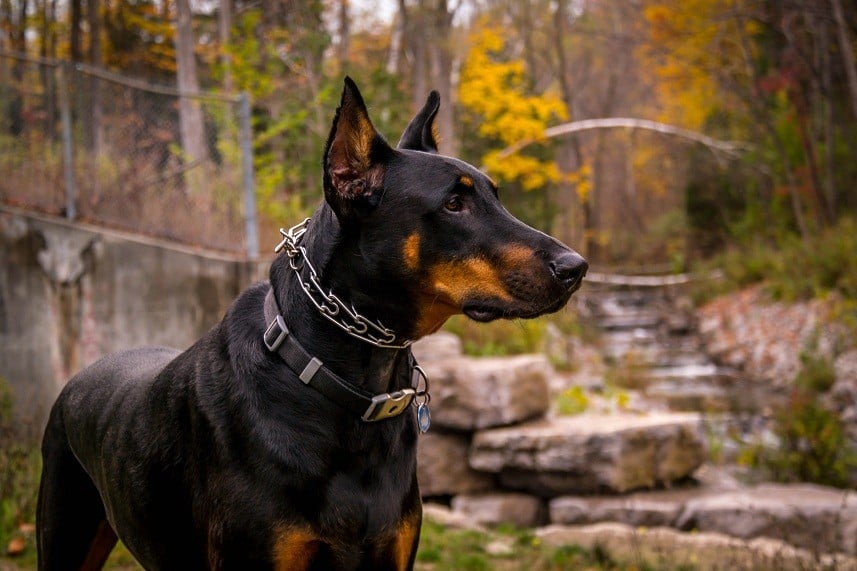
The Stereotype: These dogs get aggressive, especially around strangers.
The Truth: Doberman pinschers are loyal and trainable.
Rottweiler1
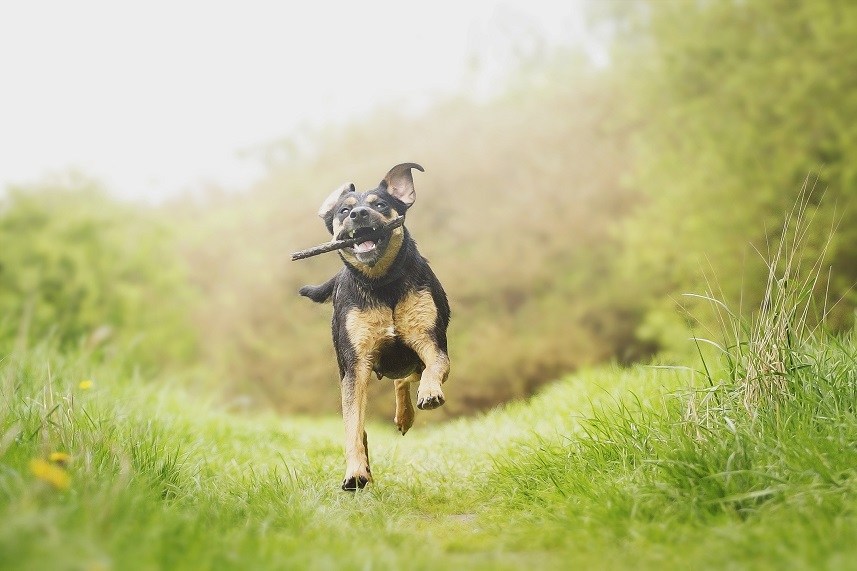
The Stereotype: These dogs are aggressive and difficult to control.
The Truth: The Rottweiler has an even temperament and is typically reserved with strangers.
Pit Bull1

The Stereotype: These dogs are vicious and dangerous thanks to their background in dog fighting.
The Truth: Pit bulls make loving and loyal dogs, and the attack statistics are unreliable.
I have to admit that some of the breeds mentioned above took me by surprise. For example, I wasn’t expecting a Cocker Spaniel, Poodle or Saint Bernard etc to be on the list, but I was thinking that people will most likely judge a Staffordshire Bull Terrier (Staffy), Bullmastiff etc (not that I think they are dangerous Dogs, I’ve actually met a Staffy who only wanted love, cuddles and attention, I just thought these would be the typical stereotypes). However, the list above only focuses on 16 dog breeds, and I am failry certain that there are more than 16 types of dog breeds in the world…
“In the United States alone, the AKC’s dog breed list currently includes 190 dog breeds. Worldwide, the FCI lists 360 officially recognized breeds. These don’t include experimental breeds that have yet to achieve official status. Official lists also don’t include mixed-breed dogs, not even “designer” crossbreeds like the goldendoodle (a cross between a golden retriever and a poodle) or the puggle (a mix of beagle and pug).”
2. How many dog breeds are there?
Some of the most influential stereotype pusher, I have discovered to be is the media and the TV and film industry. These platforms have an enormous public demographic that they reach, and they are very well know for either exaggerating the truth or playing within the stereotype to strengthen the audience’s already made-up mind. I think this is a potential issue I could try and tackle with my project and final piece.
Sources
- Cheatsheet. 2021. These dog breeds dont deserve their awful stereotypes. [ONLINE] Available at: https://www.cheatsheet.com/culture/these-dog-breeds-dont-deserve-their-awful-stereotypes.html/. [Accessed 31 January 2021].
- Hill’s Pet Nutrition. 2021. How Many Dog Breeds Are There? | Hill’s Pet. [ONLINE] Available at: https://www.hillspet.com/dog-care/behavior-appearance/how-many-dog-breeds-are-there. [Accessed 31 January 2021].